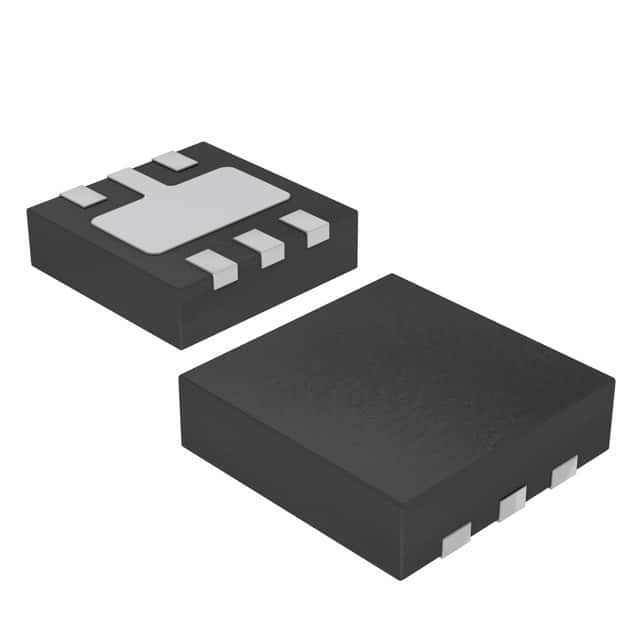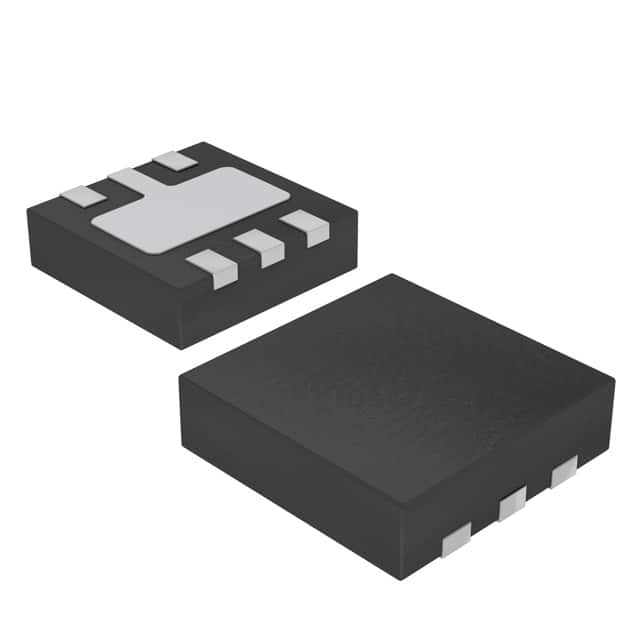TPS76915QDBVRG4Q1 Product Introduction:
Texas Instruments Part Number TPS76915QDBVRG4Q1(PMIC - Voltage Regulators - Linear), developed and manufactured by Texas Instruments, distributed globally by Jinftry. We distribute various electronic components from world-renowned brands and provide one-stop services, making us a trusted global electronic component distributor.
TPS76915QDBVRG4Q1 is one of the part numbers distributed by Jinftry, and you can learn about its specifications/configurations, package/case, Datasheet, and other information here. Electronic components are affected by supply and demand, and prices fluctuate frequently. If you have a demand, please do not hesitate to send us an RFQ or email us immediately sales@jinftry.com Please inquire about the real-time unit price, Data Code, Lead time, payment terms, and any other information you would like to know. We will do our best to provide you with a quotation and reply as soon as possible.
Introducing the Texas Instruments TPS76915QDBVRG4Q1, a high-performance, low-dropout voltage regulator designed to meet the demanding requirements of automotive applications. With its exceptional performance and reliability, this voltage regulator is the perfect solution for a wide range of automotive systems.
The TPS76915QDBVRG4Q1 features a low dropout voltage of only 150mV at 1A, ensuring efficient power delivery even in the most demanding conditions. Its wide input voltage range of 2.7V to 6.5V makes it suitable for a variety of automotive power supply applications.
This voltage regulator also offers excellent line and load transient response, ensuring stable and reliable power delivery to critical automotive systems. With a maximum output current of 1A, it can easily handle the power requirements of various automotive components.
The TPS76915QDBVRG4Q1 is designed to operate over a wide temperature range of -40°C to 125°C, making it suitable for use in harsh automotive environments. It also features built-in protection features such as thermal shutdown and overcurrent protection, ensuring the safety and longevity of the system.
With its exceptional performance, reliability, and automotive-grade quality, the Texas Instruments TPS76915QDBVRG4Q1 is the ideal choice for a wide range of automotive applications. From infotainment systems to engine control units, this voltage regulator provides the power stability and efficiency required for optimal performance. Trust Texas Instruments to deliver the highest quality and performance in automotive power management solutions.
Voltage Regulators-Linear is an electronic device used to convert an unstable DC voltage into a stable DC voltage. It regulates the voltage through an active component (such as a transistor or field effect tube) and a feedback network to ensure that the output voltage remains constant within a certain range. Linear regulators usually operate under low input voltage changes and load changes, and are able to provide a very clean and smooth output voltage.
Application
Voltage Regulators-Linear has a wide range of applications, covering almost all electronic devices requiring a stable DC power supply. In the field of consumer electronics, linear voltage regulators are widely used in mobile phones, tablets, laptops and other portable devices to provide stable voltage support for core components such as processors, memory and display screens. In the field of industrial automation and instrumentation, linear voltage regulators are often used in precision measuring instruments, sensor signal processing and other occasions because of their low noise and high precision characteristics. In addition, linear regulators also play an indispensable role in areas such as medical equipment, aerospace, and automotive electronics, where the quality of the power supply is extremely high. For example, in medical equipment, linear regulators ensure the power stability of devices such as pacemakers and monitors, ensuring the safety of patients.
FAQ about PMIC - Voltage Regulators - Linear
-
1. What are the characteristics of linear regulators?
Linear regulators have the characteristics of low cost, small package, few peripheral devices and low noise. There are many types of linear regulator packages, which are very suitable for use in LCD color TVs. For fixed voltage output applications, only 2-3 small capacitors are needed to form the entire solution. Ultra-low output voltage noise is the biggest advantage of linear regulators. The output voltage ripple is less than 35V (RMS), and it has an extremely high signal-to-noise control ratio, which is very suitable for powering small signal processing circuits that are sensitive to noise.
-
2. What are the alternatives to linear regulators?
Alternatives to linear regulators include Semiconductor HT7144S, K7805-2000R3, TPS70933DBVR, CLR6212, XC6220B331MR-G, LR7550-M, SGM2054XTD10G/TR, ME6213C33M5G, RS3236-3.3YF5, KL2036-2.2V, etc. These alternatives cover different package forms (such as SOT-23, SOP8, etc.) and output voltage and current specifications to meet the needs of different applications. For example, the HT7144S is a three-terminal linear regulator, while the TPS70933DBVR is an LDO (low dropout linear regulator) with lower output voltage and current specifications. CLR6212 and XC6220B331MR-G provide higher output current capabilities and are suitable for applications that require larger current outputs. LR7550-M and SGM2054XTD10G/TR provide specific voltage and current specifications to meet the needs of specific fields. ME6213C33M5G and RS3236-3.3YF5 are regulators with specific packaging forms, suitable for space-constrained application scenarios. KL2036-2.2V is a linear regulator with a lower output voltage, su
-
3. What is the difference between a linear regulator and a resistor?
Linear regulators and resistors have significant differences in function, working principle and application scenarios.
Function and working principle:
A linear regulator is an electronic device that achieves a stable voltage output by adjusting linear elements (such as resistors, transistors, etc.) in the circuit. It uses the negative feedback principle. When the input voltage changes, the regulator senses this change and adjusts the parameters of the circuit elements (such as the resistance value or the conduction state of the transistor) accordingly to keep the output voltage stable within the required range. Linear regulators can provide lower output noise and fluctuations, and have better responsiveness to load changes.
Resistors are a basic electronic component used to limit current and divide voltage. It works by hindering the flow of current, has a fixed resistance value, and does not have the function of adjusting the output voltage.
Application scenarios:
Linear regulator
 Lead free / RoHS Compliant
Lead free / RoHS Compliant





























